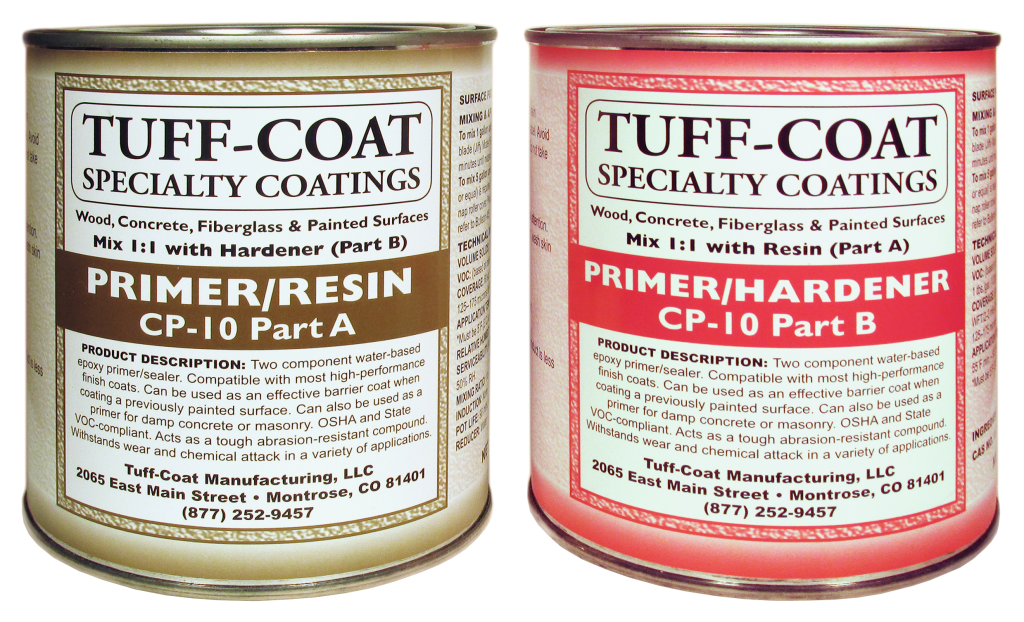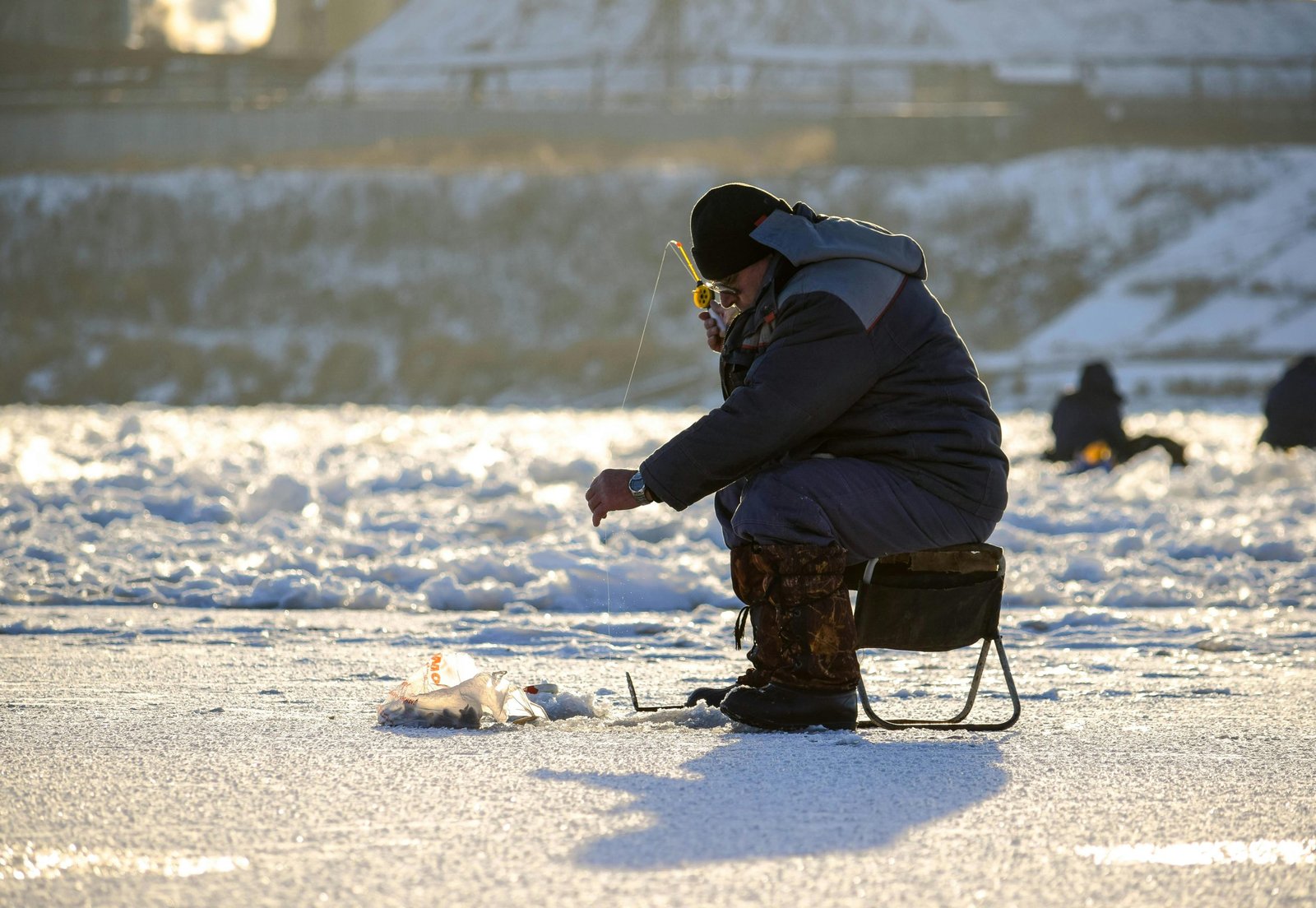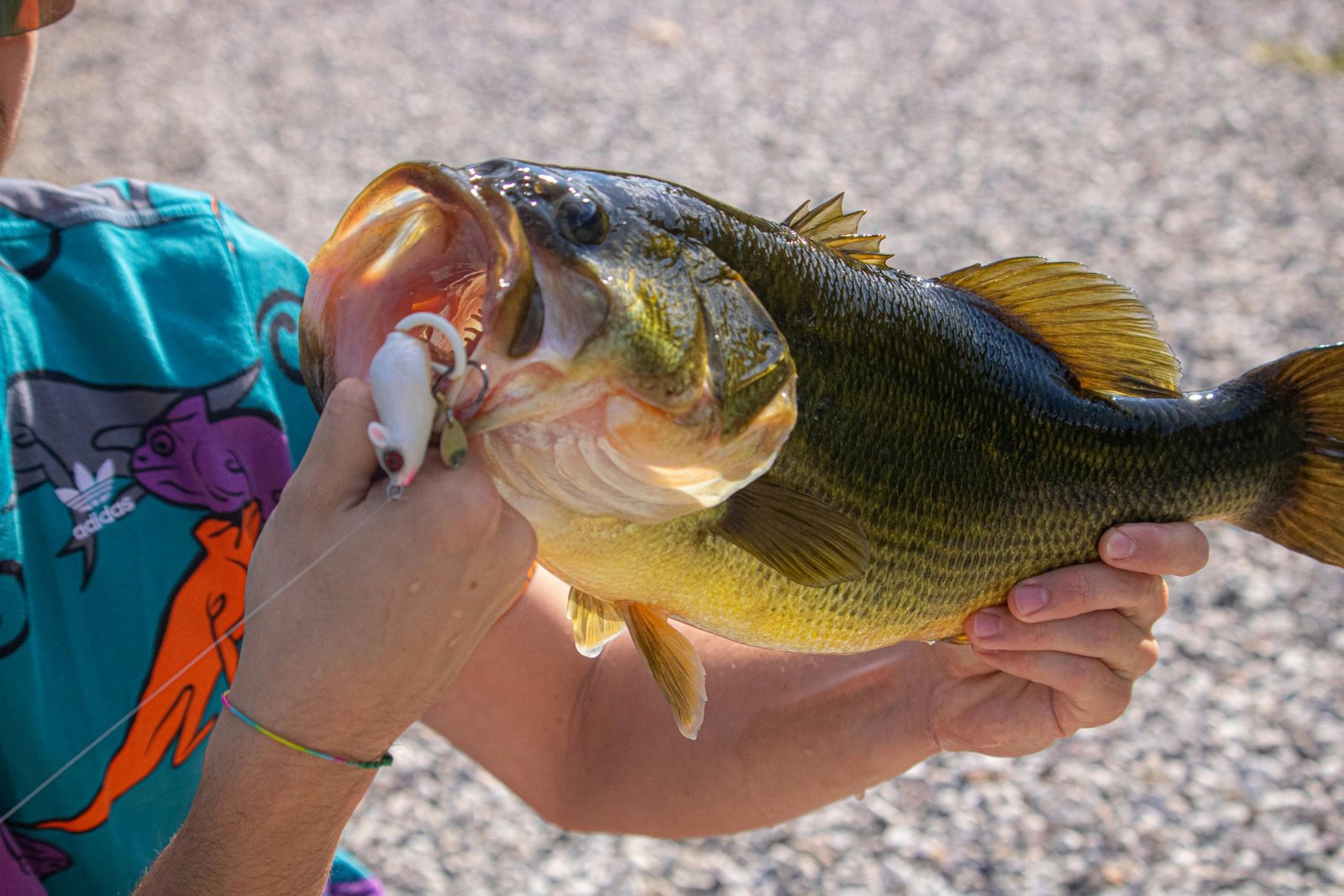
When it comes to fishing, having the right lure can make all the difference. But what about the coating on the lure?
With so many options on the market, it can be difficult to know which epoxy will provide the durability, clarity, and adhesion you need for nice reliable lures.
One of the most important factors to consider when selecting an epoxy for your fishing lures is its ability to withstand the harsh conditions of the water.
Saltwater, in particular, can be especially corrosive, so it’s important to choose an epoxy that is both waterproof and resistant to UV rays. The epoxy should also be able to withstand the impact of fish biting and tugging on the lure.
Another important consideration is the clarity of the epoxy. A clear coating will allow the natural colors and patterns of the lure to shine through, making it more attractive to fish.
Some epoxies may yellow over time though, which can affect the appearance of the lure and potentially decrease its effectiveness.
Epoxy for Fishing Lures
When it comes to making fishing lures, epoxy is a popular choice for coating and sealing. It is a two-part adhesive that hardens into a durable, waterproof finish. In this section, we will discuss the characteristics of ideal epoxy, as well as size and brand considerations.
Characteristics of Ideal Epoxy
The ideal epoxy for fishing lures should have the following characteristics:
- Clear and Non-Yellowing: A clear epoxy will allow the lure’s colors to show through, while a non-yellowing epoxy will maintain the lure’s appearance over time.
- UV Resistant: Exposure to sunlight can cause epoxy to yellow and degrade over time. UV-resistant epoxy will resist this damage and maintain its clarity and strength.
- Low Viscosity: Epoxy with a low viscosity will flow easily into the lure’s crevices and provide a smooth, even finish.
Size and Brand Considerations
Epoxy comes in various sizes, from small packets to large gallon containers. If you are making lures in small batches, a smaller size may be sufficient. However, if you are making lures in bulk, a larger size may be more economical.
When it comes to brands, there are many options available. Some popular brands include ArtResin, West System, and TrueCoat. It is essential to choose a reputable brand that is known for quality and reliability.
Reviews and Recommendations
When it comes to choosing the best epoxy for your fishing lures, it can be overwhelming to sort through all the options available. Here is a list of reviews and recommendations to help you make an informed decision:
First and foremost, durability is key. You want an epoxy that can withstand the wear and tear of being in the water and being handled by fish. The top pick for durability is ArtResin. Not only is it incredibly strong, but it also doesn’t yellow over time and has no VOCs or odor.
Another good option is Flex Coat’s Lure Epoxy Gel Coat. This high-adhesion, UV-resistant coating is perfect for all kinds of lures and is clear, durable, and flexible.
If you’re new to building your own fishing lures, it’s important to learn about the different components and blanks available. Check out Tackle Underground’s forums for a wealth of information on lure building and epoxy topcoats.
When it comes to clear coats and waterproofing, I recommend using a two-part epoxy like Devcon 2 Ton Epoxy. This versatile epoxy is great for a variety of applications and is waterproof and moisture-resistant.
If you’re looking to add some sparkle to your lures, consider using a suspending glitter like LureWorks’ Glitter Blast. This glitter is specially designed to suspend in epoxy and won’t settle to the bottom.
If you have any questions or concerns about your epoxy or lure building supplies, don’t hesitate to contact the manufacturer. Many companies offer warranties and are happy to help with any issues you may encounter.
Types of Epoxy for Fishing Lures
Each type of epoxy has its own unique characteristics and benefits. In this section, we will discuss the four most common types of epoxy for fishing lures: Alumilite, Polyester, Polyurethane, and Moisture Cured.
Alumilite
Alumilite is a two-part epoxy that is known for its high strength and durability. It is a popular choice among lure makers because it is easy to work with and cures quickly. Alumilite is also resistant to yellowing, which is a common problem with other types of epoxy. This type of epoxy is ideal for making hard baits, such as crankbaits and topwater lures.
Polyester
Polyester resin is another popular choice for making fishing lures. It is a low-cost option that is easy to work with and cures quickly. However, it is not as strong as other types of epoxy and can be prone to cracking and yellowing over time. Polyester resin is best suited for making soft plastic lures, such as worms and grubs.
Polyurethane
Polyurethane is a two-part epoxy that is known for its high strength and flexibility. It is a popular choice for making fishing lures because it is resistant to impact and abrasion. Polyurethane is also resistant to yellowing and can be used to make both hard and soft baits.
Moisture Cured
Moisture cured epoxy is a single-part epoxy that cures when exposed to moisture in the air. It is known for its high strength and durability, as well as its resistance to yellowing and cracking. Moisture cured epoxy is a popular choice for making hard baits, such as crankbaits, topwater lures and jerkbaits. However, it can be difficult to work with and requires careful handling to avoid skin irritation.
Epoxy for Different Types of Lures
Not all epoxies are created equal, and different types of lures require different types of epoxy. In this section, we will explore the best epoxy for different types of lures.
Wood Lures
Wood lures are a popular choice among anglers due to their natural buoyancy and ability to mimic the movements of live bait. However, they require a specific type of epoxy that can penetrate the wood and provide a strong bond. Devcon 2-Ton Epoxy is an excellent choice for wood lures. It has a long working time, which allows for ample time to apply the epoxy to the lure, and it dries to a clear, hard finish that is resistant to water and UV rays.
Spinnerbaits
Spinnerbaits are a versatile lure that can be used in a variety of fishing conditions. They require an epoxy that is flexible and can withstand the constant movement of the lure without cracking or peeling. LureWorks Diamond Coat Epoxy is a great choice for spinnerbaits. It is a flexible, high-gloss epoxy that dries to a crystal-clear finish. It is also UV resistant, making it an excellent choice for fishing in sunny conditions.
Jig Heads
Jig heads are a popular choice among anglers due to their versatility and ability to catch a wide range of fish species. They require an epoxy that can provide a hard, durable finish that can withstand fish bites. Flex Coat Lure Epoxy Gel Coat is a great choice for jig heads. It is a clear, two-part epoxy that is easy to apply and dries to a hard, durable finish. It is also UV resistant and can be mixed with additives like glitter or iridescent crystals to create a unique, eye-catching finish.
In conclusion, the ideal epoxy for fishing lures should be clear, non-yellowing, UV resistant, low viscosity. By selecting the right epoxy, you can ensure that your fishing lures are durable, waterproof, and visually appealing.
Frequently Asked Questions
How to apply epoxy to fishing lures?
Applying epoxy to fishing lures can be done with a brush or by dipping the lure into the epoxy. If using a brush, make sure to apply a thin and even coat. Dipping the lure into the epoxy can be a faster method, but may result in a thicker coat. Follow the manufacturer’s instructions for curing time.
Can automotive clear coat be used for fishing lures?
Automotive clear coat can be used as a clear coat for fishing lures. However, it may not be the best choice as it can yellow over time and may not adhere well to certain materials. It’s best to use a clear coat specifically made for fishing lures.
What is a fishing lure drying wheel?
A fishing lure drying wheel can be a useful tool for evenly drying and curing epoxy on fishing lures. Simply attach the lure to the wheel and let it spin until the epoxy is fully cured.
Best clear coat for crankbaits
The best clear coat for crankbaits is one that is specifically made for fishing lures. Look for a clear coat that is durable, does not yellow over time, and adheres well to the material of your crankbait.
How to seal wooden fishing lures?
Sealing wooden fishing lures can help prevent water damage and extend the life of the lure. Apply a thin coat of epoxy or a sealant specifically made for wooden lures. Allow it to fully cure before applying any paint or clear coat.
What resin is best for lures?
When it comes to resin for lures, look for one that is specifically made for fishing lures. Some popular options include ArtResin, Envirotex Lite, and Alumilite Clear. Make sure to follow the manufacturer’s instructions for mixing and curing time.




